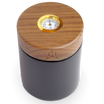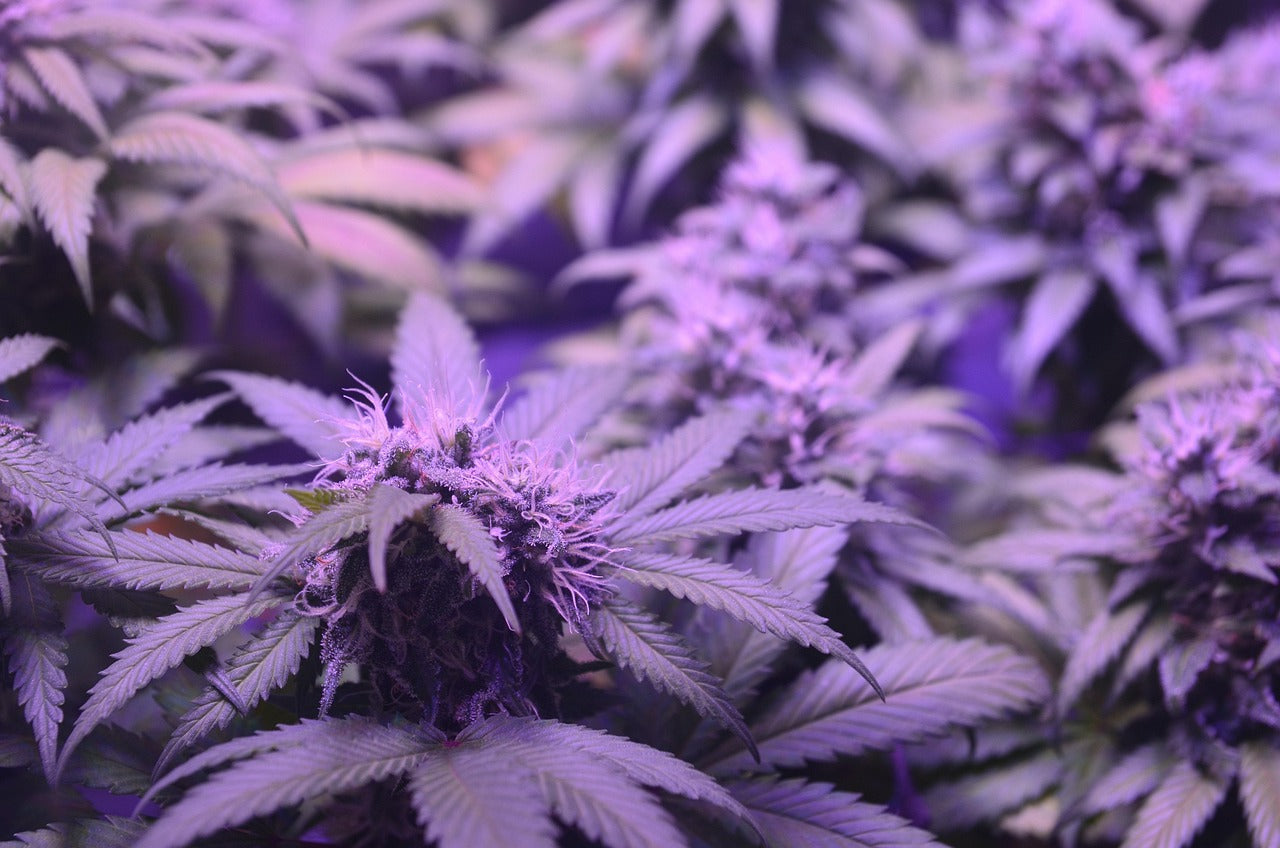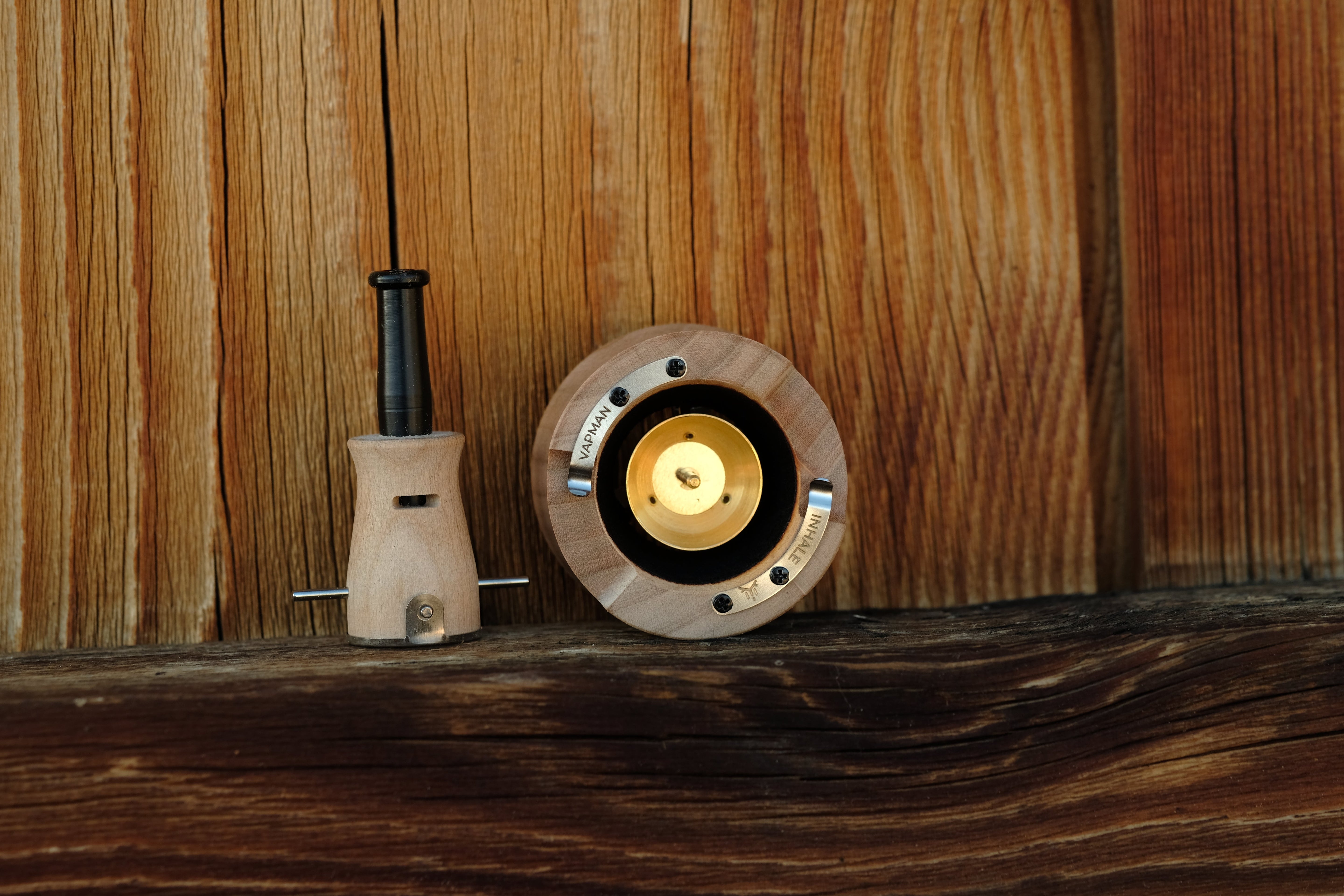How to Lower Cannabis Tolerance Naturally and Effectively
Table of Contents
- Introduction
- Why Cannabis Tolerance Builds Up
- Understanding THC and CB1 Receptor Desensitization
- How to Reset Your Cannabis Tolerance
- Mindful Microdosing and Usage Strategies
- The Role of Diet, Sleep, and Exercise
- Using Terpenes and Strain Cycling
- How to Reintroduce Cannabis After a Break
- Conclusion
- About the Author
Introduction
One of the most common challenges for regular cannabis users is developing a high tolerance. Over time, you may find that the same amount of cannabis produces less noticeable effects—or worse, none at all. This can lead to increased consumption, decreased enjoyment, and greater expense. But the good news is that cannabis tolerance is not permanent. In fact, it’s entirely reversible with the right knowledge and approach.
This guide offers a complete overview of cannabis tolerance: why it happens, how it affects your body and mind, and most importantly—how to lower it naturally. Whether you're a daily medical user, a casual recreational consumer, or someone exploring microdosing for wellness, understanding tolerance is key to maintaining balance and maximizing benefits.
We’ll dive deep into the science of THC interaction, explore methods like tolerance breaks and strain cycling, and share expert-backed strategies that support your body’s natural endocannabinoid rhythm. By the end of this guide, you’ll be equipped to reset your tolerance intentionally—and rediscover the power of cannabis in a more conscious, efficient way.
Let’s start by understanding why tolerance builds in the first place.
Why Cannabis Tolerance Builds Up
Like with many other substances, the more frequently you use cannabis, the more your body adjusts to it. Tolerance is your body’s way of maintaining balance—a process known as homeostasis. When THC, the primary psychoactive compound in cannabis, is introduced consistently, your body starts to regulate its response to avoid overstimulation.
In practical terms, this means:
- You need more cannabis to achieve the same effect
- The duration of the effects may be shorter
- The psychoactive and therapeutic response may feel muted or flat
This isn’t a sign that cannabis has “stopped working,” but rather that your body has adapted to its presence. This happens through several mechanisms, most notably in the brain’s cannabinoid receptor network.
Interestingly, cannabis tolerance builds more quickly with high-THC products and frequent use, especially when smoking or vaping multiple times per day. Concentrates and dabs tend to accelerate tolerance faster than flower due to their high potency. Edibles, due to their longer metabolic pathway, may build tolerance slightly differently but still contribute to overall desensitization.
Fortunately, because cannabis does not hijack the brain’s dopamine system in the same way that highly addictive drugs do, tolerance is easier to reverse with natural approaches—and doesn’t involve withdrawal in the traditional sense.
Understanding THC and CB1 Receptor Desensitization
To understand cannabis tolerance on a deeper level, it helps to look at the cellular biology of how THC interacts with the body. The endocannabinoid system (ECS) is made up of a network of receptors, enzymes, and endogenous cannabinoids that help regulate mood, pain, appetite, sleep, and more. The two primary receptors are CB1 and CB2. CB1 receptors are concentrated in the brain and central nervous system—and they’re the main target of THC.
When you consume cannabis, THC binds to CB1 receptors, mimicking natural endocannabinoids like anandamide. Over time, repeated THC exposure overstimulates these receptors. In response, your body begins to protect itself by:
- Reducing the sensitivity of CB1 receptors (desensitization)
- Internalizing receptors so fewer are available on the cell surface
- Altering downstream signaling pathways to dampen the psychoactive effects
This biological adaptation is why the same strain or dose starts to feel weaker. The good news? This change is not permanent. CB1 receptors can resensitize over time—especially when THC is reduced or paused. In some studies, receptor density has shown recovery within 2–4 weeks of abstinence, though individual results may vary.
Even short-term reductions (like 48–72 hours) can start to restore CB1 activity. Supporting this reset process with healthy lifestyle choices (which we’ll explore below) can significantly accelerate your return to baseline sensitivity.
How to Reset Your Cannabis Tolerance
Resetting your cannabis tolerance involves giving your endocannabinoid system a chance to rest and recover. The most common way to achieve this is through a tolerance break (commonly called a “T-break”), but there are also more gradual methods for those who don’t want to stop entirely.
1. Full Tolerance Break
A full break from cannabis for a period of time allows your CB1 receptors to restore their sensitivity. This is the fastest and most effective method. Recommended durations:
- 3 days: Good for light users or those seeking a quick reset
- 1 week: Effective for most moderate users
- 2–4 weeks: Ideal for long-term or heavy users
During a break, some people may experience mild symptoms such as irritability, vivid dreams, or changes in appetite—especially if they used cannabis to manage stress or sleep. Supporting your body with hydration, movement, herbal teas, and mindfulness practices can ease the transition.
2. Step-Down Approach
If quitting abruptly feels too difficult, consider gradually reducing your dose over time. For example, reduce your intake by 25% every 3–4 days, or switch to lower-potency strains. This method allows your system to slowly re-adapt without shock.
3. Scheduled Use Days
Instead of daily use, set specific days for consumption—such as weekends or once every three days. This approach provides regular rest periods for your CB1 receptors and builds intentionality into your routine.
Regardless of which method you choose, journaling your experience can help you notice changes in mood, sleep, creativity, and cannabis effectiveness. This not only reinforces your progress but makes future tolerance resets easier and more personalized.
Mindful Microdosing and Usage Strategies
Microdosing is one of the most powerful tools to manage and prevent cannabis tolerance while still benefiting from its effects. It involves taking very small amounts of cannabis—usually below the threshold of noticeable intoxication—to support focus, mood, creativity, or relaxation.
Here’s why it works: small doses place less pressure on your CB1 receptors and help maintain ECS balance. With microdosing, you’re not flooding your system, so tolerance builds far more slowly—if at all.
How to Microdose Effectively:
- Start with 1–2 mg THC or 1–2 light vapor draws
- Wait 30–90 minutes before deciding to take more
- Use low temperatures (~160–175°C) to preserve terpenes and avoid harsh effects
- Pair cannabis with intentional activities like journaling, walks, or meditation
You can also alternate days or times of day you microdose to maintain sensitivity. For many users, microdosing restores clarity and control—while extending the life of your supply and minimizing risk of dependence.
Want to learn more? Read our full guide to Embracing Minimalism: The Art of Microdosing with Vapman.
The Role of Diet, Sleep, and Exercise
Your endocannabinoid system (ECS) doesn’t exist in isolation—it interacts with your nervous system, immune response, metabolism, and circadian rhythm. That’s why lifestyle plays a critical role in cannabis tolerance. A poorly nourished or stressed body is more prone to imbalances, making it harder to maintain sensitivity to cannabinoids.
1. Diet and ECS Health
The ECS thrives on healthy fats—especially omega-3 fatty acids, which are precursors to endocannabinoids like anandamide. Diets lacking these essential fats may impair ECS function and receptor recovery. To support balance, include more of the following:
- Flaxseeds, chia seeds, hemp seeds
- Fatty fish such as salmon and sardines
- Walnuts, avocados, and olive oil
In addition, antioxidant-rich fruits (like berries), green leafy vegetables, turmeric, and fermented foods can reduce inflammation and support neurotransmitter function. A nourished body responds more smoothly to cannabis—and rebalances faster during breaks.
2. Sleep and Receptor Recovery
Sleep is essential for neuroplasticity and ECS regulation. Chronic sleep deprivation alters the production of endocannabinoids and hormones like cortisol, making your system more resistant to change. If you rely on cannabis to sleep, try replacing it temporarily with calming herbs (e.g., passionflower, valerian, lemon balm) or use non-psychoactive cannabinoids like CBD or CBN to support rest without activating CB1 receptors.
Consistent 7–9 hour sleep cycles—especially with minimal screen time before bed and a dark, cool environment—accelerate tolerance recovery significantly.
3. Exercise and Natural Cannabinoids
Physical movement boosts your body's own cannabinoids. Activities like running, cycling, and yoga have been shown to increase levels of anandamide, the “bliss molecule” naturally produced in your brain. This helps restore endocannabinoid tone and improves overall mood and resilience.
Moderate daily activity—even brisk walking for 20–30 minutes—supports faster normalization of CB1 receptor sensitivity and enhances the effects of cannabis when you resume use.
Using Terpenes and Strain Cycling
Each cannabis strain contains a unique mix of cannabinoids and terpenes—aromatic compounds that influence the plant’s effects. Overusing one strain can limit the range of signals sent through your ECS and lead to faster receptor desensitization. By switching between strains with different dominant terpenes, you create variety and give your body a wider spectrum of stimulation.
Key terpenes to rotate:
- Myrcene: Sedating and relaxing; found in mango, hops, and lemongrass
- Limonene: Uplifting and mood-enhancing; found in citrus peels
- Pinene: Focus and memory support; found in pine needles and rosemary
- Linalool: Calming and anti-anxiety; found in lavender and coriander
Alternating strains every 1–2 weeks helps avoid building tolerance to a single terpene-cannabinoid combo. You can also experiment with adding food-grade essential oils (in a diffuser or in your diet) to introduce terpenes externally during a T-break.
Some users also report benefits from cannabinoid cycling—alternating THC-rich strains with CBD-dominant or even THCV-rich varieties to stimulate different receptor profiles. This strategy mirrors nutritional variety and can support long-term balance for regular users.
How to Reintroduce Cannabis After a Break
Once your tolerance has reset, it’s important to approach cannabis use with greater intention to preserve your sensitivity and avoid slipping back into patterns that lead to overuse. Many users report that post-break sessions feel more profound, more efficient, and more enjoyable—but also more intense if the dose isn’t adjusted accordingly.
Best Practices for Returning to Cannabis:
- Start with half your usual dose or even less—especially for THC-rich products
- Use a vaporizer for better dosage control, smoother delivery, and lower temperatures
- Wait between draws or servings to assess your response before redosing
- Focus on ritual and intention—avoid automatic consumption patterns
- Use a journal to track how your body responds and identify your new sweet spot
The goal is to maintain the benefits of a lowered tolerance while still enjoying your sessions. This may mean fewer sessions per week, smaller doses, or using cannabis more selectively for specific outcomes (e.g., creativity, focus, pain relief).
Conclusion
Lowering your cannabis tolerance isn’t about deprivation—it’s about regaining control, clarity, and deeper effectiveness. Whether you choose a short break, microdose mindfully, change up your strains, or simply support your body’s endocannabinoid health through diet and movement, you’re investing in a smarter relationship with the plant.
Remember: your endocannabinoid system is adaptable, intelligent, and sensitive to balance. When you work with it—rather than against it—you’ll find that less really can be more. A little intention goes a long way.
If you’re looking for vaporizer tools that support conscious use and precise control, the Vapman Click and Lotus Kit are designed to maximize flavor, efficiency, and mindfulness. Their manual heat sources, hybrid technology, and analog control make them ideal for microdosing, tolerance management, and ritual-based use.
About the Author

Author: Michael Mussner, Founder of INHALE Vaporizers
Michael is a passionate vaporizer designer and entrepreneur from South Tyrol, driven by craftsmanship, sustainability, and the mindful use of natural herbs. With a background in product innovation and a love for analog technology, he founded INHALE to revive flame-powered vaporizers like the Vapman and Lotus. Every product he creates is deeply rooted in authenticity, simplicity, and a respect for nature.
Questions? Contact us here or email support@nowinhale.com.

















Leave a comment
All comments are moderated before being published.
This site is protected by hCaptcha and the hCaptcha Privacy Policy and Terms of Service apply.